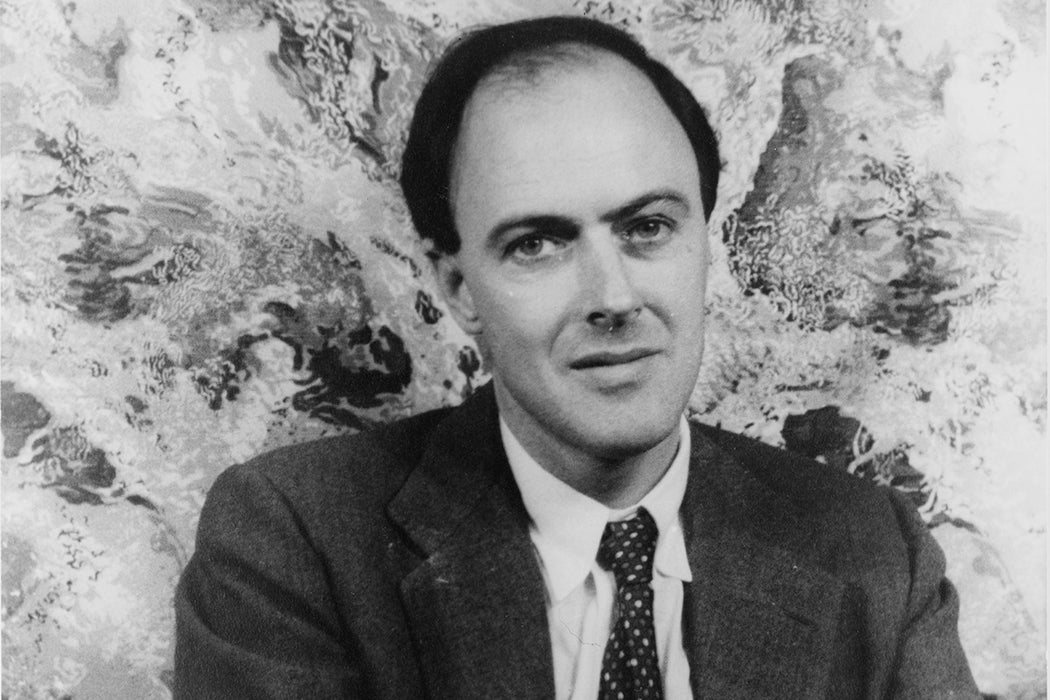He created some of our favorite childhood books, from Charlie and the Chocolate Factory to James and the Giant Peach, from Matilda to The Witches. But who was Roald Dahl himself, and where did his deliciously dark tales come from?
Here are 5 things you might not have known about the man behind Willy Wonka:
- His life was defined by freak accidents. As a teenager, Dahl’s father had broken an arm, only to lose the whole limb due to medical incompetence. When Dahl himself was nine, a car crash nearly severed his nose; as a young Royal Air Force fighter pilot he made a crash landing that injured his nose once again. And then years later his son was almost killed by a car at age four months old. As William Todd Schultz puts it, “Not surprisingly, then, accidents recur in Dahl’s fiction.”
- He tried his hand at writing YA. In 1977, already well-known as a children’s author, Dahl published a book of short stories for young people “who are no longer children and not yet adults,” which contained stories one critic called reminiscent of A Clockwork Orange and In Cold Blood.
- Dahl had some interesting day jobs: before he was a writer, he was a pilot (and wrote spon-con!). Dahl’s first publication for children was a 1942 story called The Gremlins, written for Walt Disney Productions as a promotional device for an animated movie that was never made. The story was about how “some of the unexplainable difficulties encountered in flying various [World War II] planes have been attributed, first by English, and now by American aviators to some invisible midgets called ‘gremlins.'” He was credited as Flight Lieutenant Roald Dahl, as he was fresh off his service as a fighter pilot in the Royal Air Force.
- He was married to a movie star. Much has been reported about the tempestuous nature of Dahl’s relationship with his wife, the actress Patricia Neal, and most of it does not portray Dahl in a very good light. But he did allegedly nurse her back to health when she had a series of strokes as a rather young woman in the 1960s.
- Dahl’s novels for children are considered some of our best post-modern fairy tales. Okay, maybe you knew that one. But this analysis is still really fun to read: “Roald Dahl’s James and the Giant Peach, transports the hero on a quest that seemingly leads to greater maturity and self-fulfillment. But while James and the Giant Peach could be classified as a fantasy in the fairy tale tradition, intertextualities and aporia within the text work to highlight the contradictions that lie beneath the surface, warring against the comic elements and creating a fundamentally ambiguous work.” Download the PDF and read the whole thing for free.







